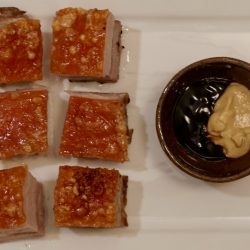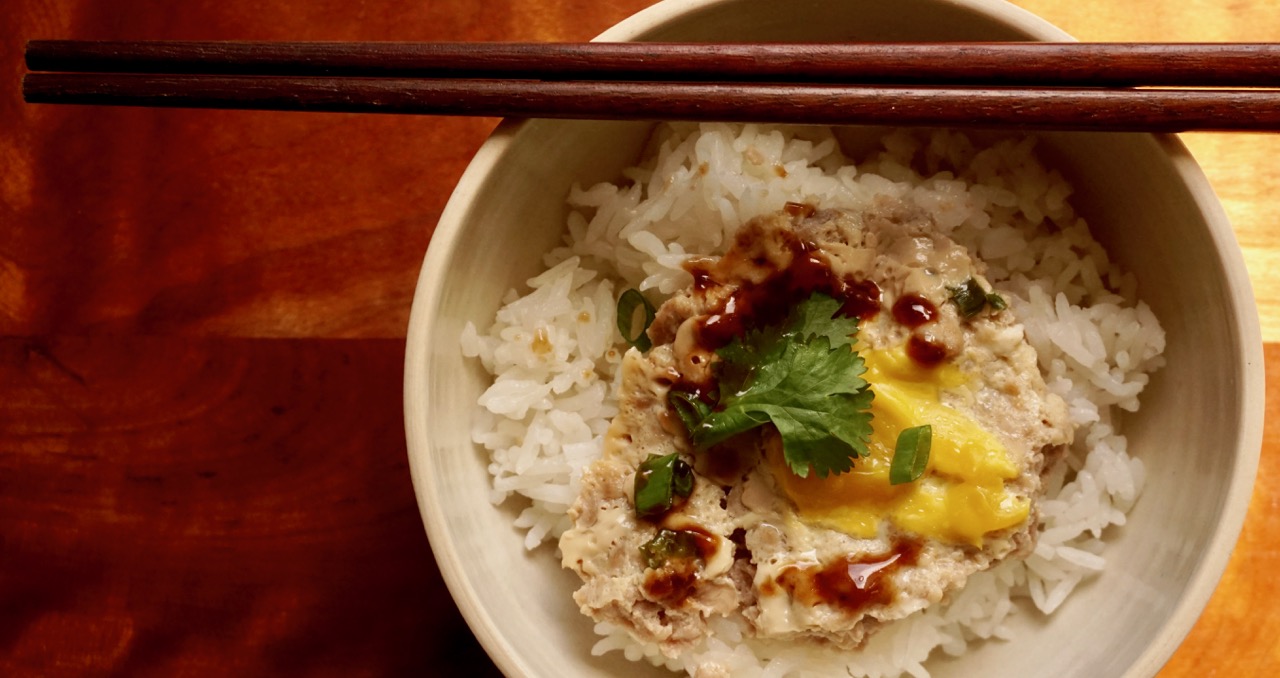
Steamed Pork Patty with Salted Duck Egg-This is My Soul Food
In Asian speak, this is how we say I love you…
“Have You Eaten Yet?”
When my kids come home I get busy in the kitchen making EVERY SINGLE DISH they love. Their favorites, from soup to dessert/ I usually have a pot of chili or spaghetti sauce simmering on the stove while they’re home and I pull out my Dad’s recipes for down-home Chinese dishes. Wes makes short rib stew and carrot cake. It’s 24-7 cooking and eating. What can I say? The Asian language of love is food.
Like Father Like Son
My dad and grandfather were the cooks in my family. My grandfather cooked for a living. Before going off to work we would often have early dinner with him. Always Chinese food, I was surprised when I found out later he was a line chef at Original Joe’s on Broadway and also at the famed Tonga Room at the Fairmont Hotel. For my Dad cooking was his passion.
Both of them made down-home dishes like Steamed Pork Patty with Salted Duck Egg, Fuzzy Melon soup, Steamed Chicken with Lop Cheung (Chinese sausage) and Black Mushrooms, or whole fish (yes,that means the head too) with green onions and ginger. I loved watching them cook and savored eating these dishes even more. When I went off to school in Los Angeles, I would often call home to ask my Dad how to cook a favorite childhood dish. It was my connection with home and family and a way to keep them close.
A flurry of cooking this past week while the boys were home and the multiple “how do you make” calls from Jamie (who was stuck in Houston) prompted me to add a new section to 3Jamigos. I call it Soul Food. It’s down-home cooking, cherished recipes to share with family and friends. Take a peek, it might bring back some great memories. Or share a family favorite, I would love to post it on my blog.
My inaugural post for Soul Food is a down-home favorite, savory Steamed Pork Patty with Salted Duck Egg (咸蛋蒸肉饼). You can find it in hole-in-the-wall Cantonese (southern China) restaurants or if you get invited over for family dinner at any of your Cantonese friends’ homes. In Chinatown, the best place for this dish was Sun Tai Sam Yuen on Jackson Street in my humble opinion, lol.
The ground pork is seasoned with soy sauce, oyster sauce and topped with the salted duck egg. Think of this as a version of a sausage patty topped with a fried egg. See, not so strange after all. My kids scoop up chunks of the patty and egg and mix it into their rice. Yum.
Things They Don’t Tell You in Cookbooks
Although simple to make, there are pearls of kitchen wisdom on how to prepare this dish. First, the pork. My mom would tell me to buy pork butt or shoulder and hand-chop the pork at home, better texture. The pork itself should not be too lean as the fat adds flavor and keeps it from drying out. This primer on pork pretty much holds for any dish that requires ground pork-don’t buy pre-ground (ok, sometimes I cheat-there is a coarse ground version in Chinese markets), and ask for “bun fei sau-half fat, half lean” (半肥半瘦). This is not a health-conscious choice, lol.
Duck, Duck, Go…get Chicken, it’s Ok
Raw salted duck eggs are hard to find. I was really excited when I found local salted duck eggs at Marina Foods from Metzer Farms. Great quality. The eggs are brined in a salt solution for approximately a month. At the end of the month, the yolk has hardened, the white has a gelatin-like consistency, and the egg has a wonderful briny flavor that goes well with pork. You are more likely to find salted chicken eggs which are perfectly acceptable.
When mixing the seasonings and egg into the pork, stir in ONE DIRECTION only. So pick, clockwise or counter-clockwise and stick with it. DON’T ASK ME WHY (ok, I googled it, supposedly it keeps the meat tender). My Dad told me to do it this way.
This is How We Do It
Place seasoned pork in a glass pie plate, smooshing it around the plate. Fill a Chinese rice bowl 1/3-1/2 full with HOT water. Slowly pour the hot water into the pork, stirring and breaking up the pork further. The final mixture will be loose and wet looking. Slice the yolk of the duck egg into quarters or 4 slices. A word of warning, it will be a little slimy feeling. Flatten the pieces of yolk with the side of the knife. Place the flattened pieces of yolk on top of the pork distributed evenly around the patty. Top with green onions. Place in steamer and steam over medium-high heat for about 15 minutes or until the juice runs clear when pierced with a knife or chopstick.
Just before serving, garnish with more green onions or cilantro and a drizzle of oyster sauce. Serve with a big ass bowl of rice!
Microwave Magic
You can also cook this dish in the microwave instead of steaming it! I have Cook Anyday microwave cookware now, but if you have a vented microwave dish use that. I have a teeny 600-watt microwave. Cook at full power for 8 minutes, done! Adjust for your microwave, for example, a 1000-watt microwave, I might just use 70% power and nuke it for the 7-8 minutes. For foods that are traditionally steamed, you don’t want to zap it quickly as much as gently cook it All in one bowl, no messing with a steamer contraption. Mind-blown microwave cookin’.
Steamed Pork Patty with Salted Duck Egg
Ingredients
- 3/4 Pound Ground Pork
- 1/4-1/3 Chinese rice bowl of hot water approximately 1/3 cup of water
- 1 Egg large
- 1 Salted Duck Egg Found in Chinese Groceries in refridgerator section or with egg, should be uncooked.
Seasonings
- 2 tsp. Soy Sauce
- 1 tsp oyster sauce
- 2 tsp rice wine or sherry or sake
- 1/2 Tsp. Sugar
- 1/4 tsp Salt
- Dash of white pepper
Garnish
- Green Onions And Cilantro chopped or sliced to look pretty
Instructions
- Separate duck egg yolk from the egg white. Reserve the yolk.
- Place pork in a shallow bowl or glass pie plate that you will end up using to steam/microwaving it in. Scramble the salted duck egg white with the whole egg, add to the pork.
- Stir pork with egg mixture and seasonings, stir in one direction!
- Slowly add hot water to the pork mixture, and scrambling the mixture as you add the water. This will make it will look soupy.
- Garnish with reserved egg yolk that has been cut Into slices. This is a process. The egg yolk is sticky and ok, kind of slimy (like an egg-duh). Since it has been brined it will be solid. I cut it into quarters and then gently smash it with the side of a knife to flatten each piece. Sprinkle half of the sliced green onions on top.
- Steam for approximately 15-20 minutes, when pierced with a chopstick or knife the juices should run clear not pink.
- Drizzle with oyster sauce and top with cilantro and the rest of the green onions. If you want a nice sheen, hit it with a little hot oil. (This will also bring out the flavor of the cilantro and green onions when you pour the oil over it.
- Serve with rice, lots of rice, copious amounts of rice. Really.
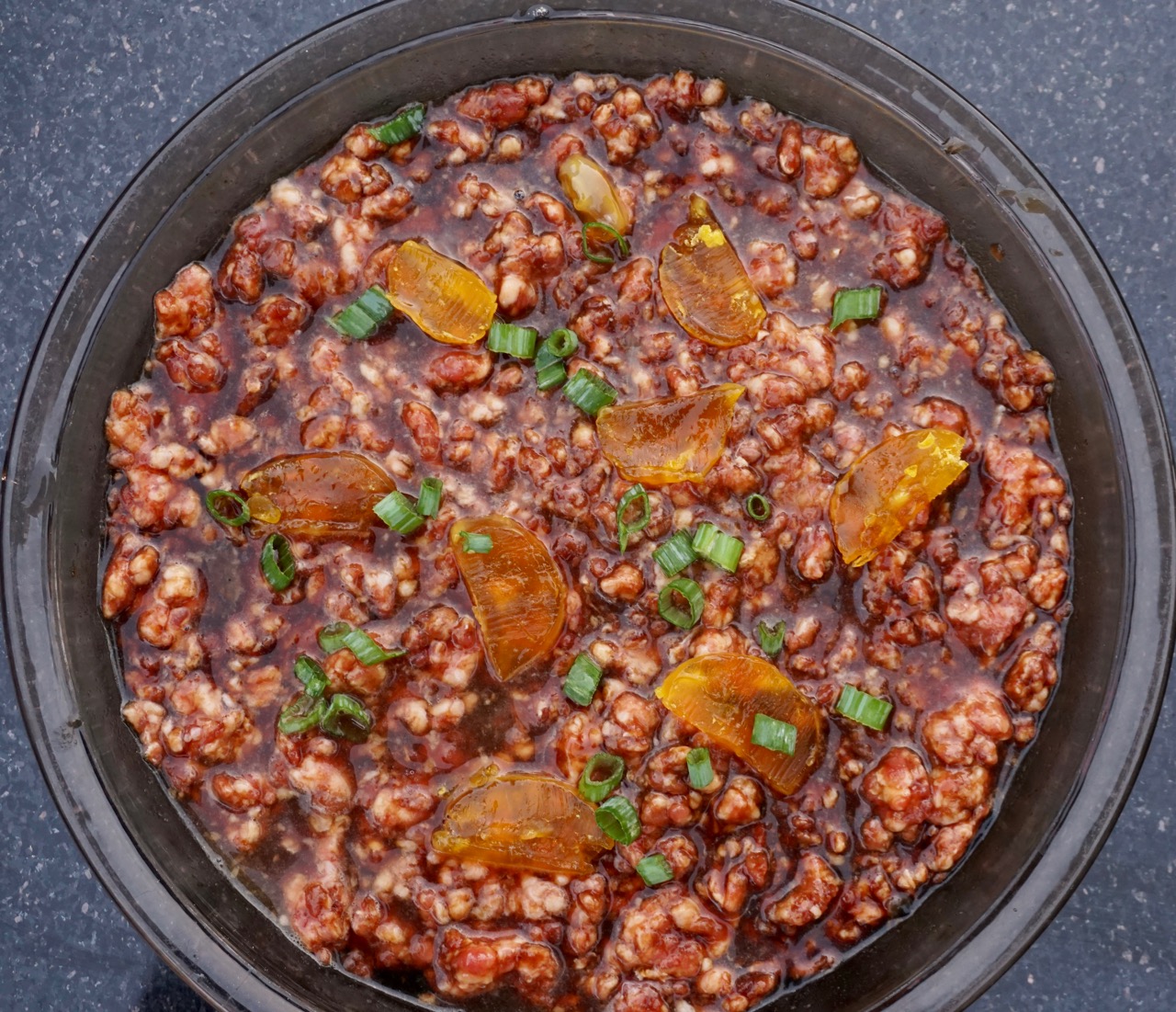
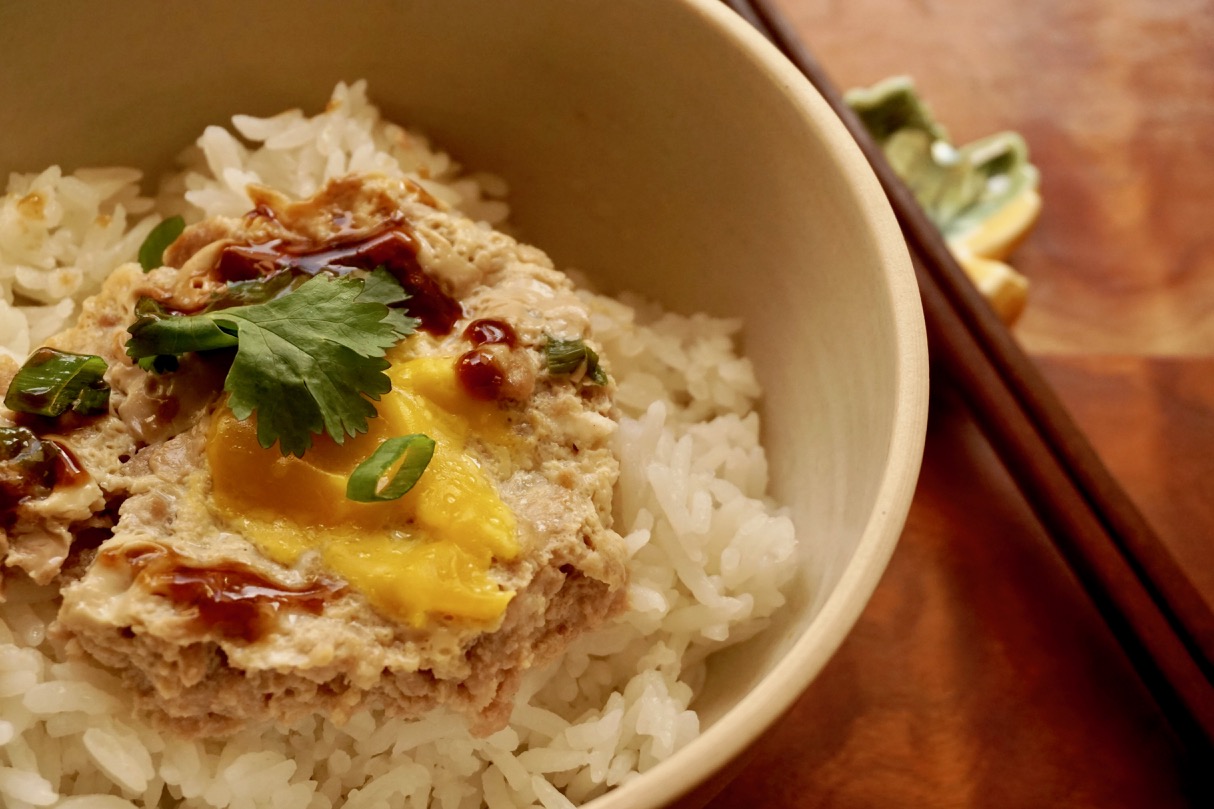

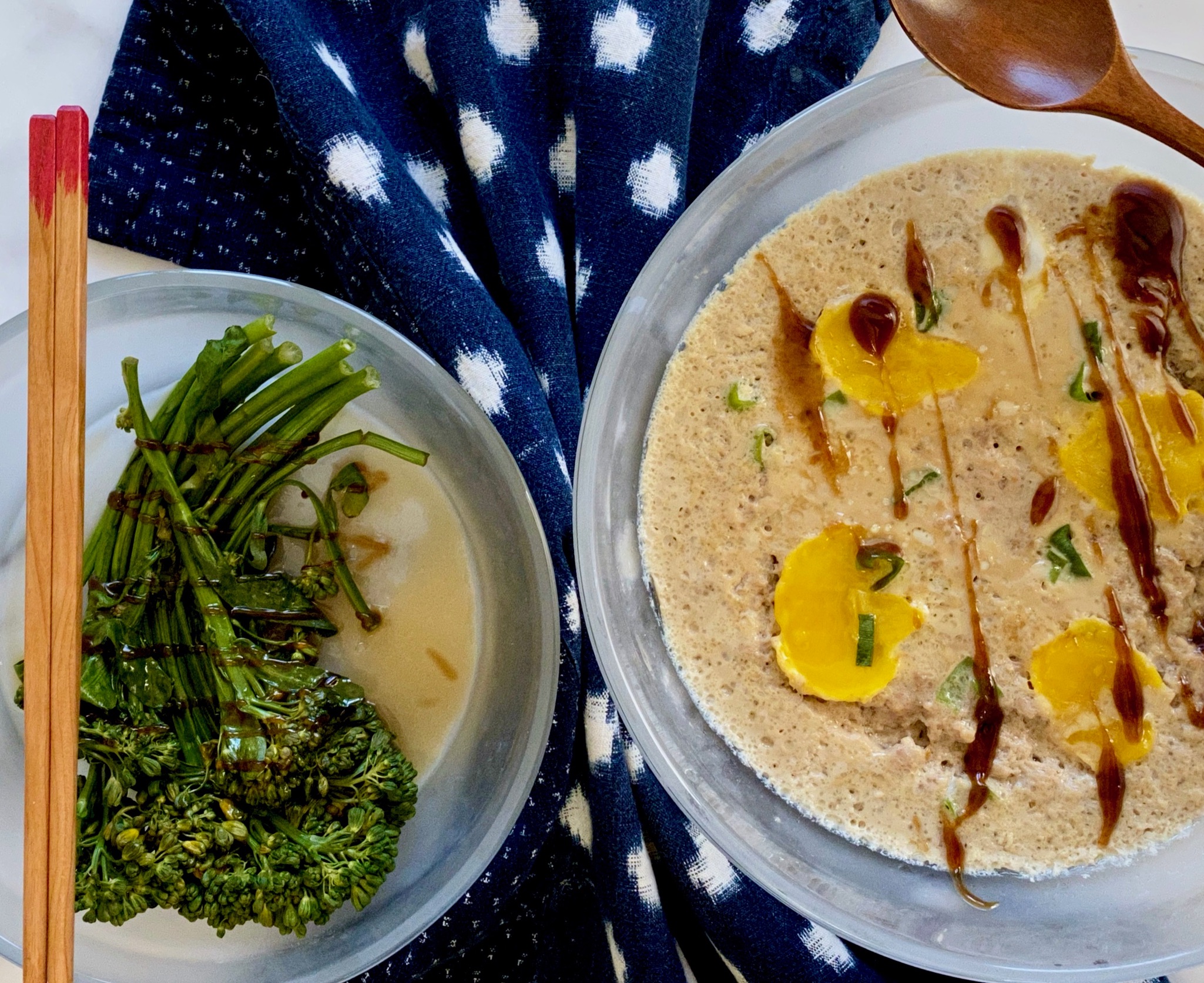
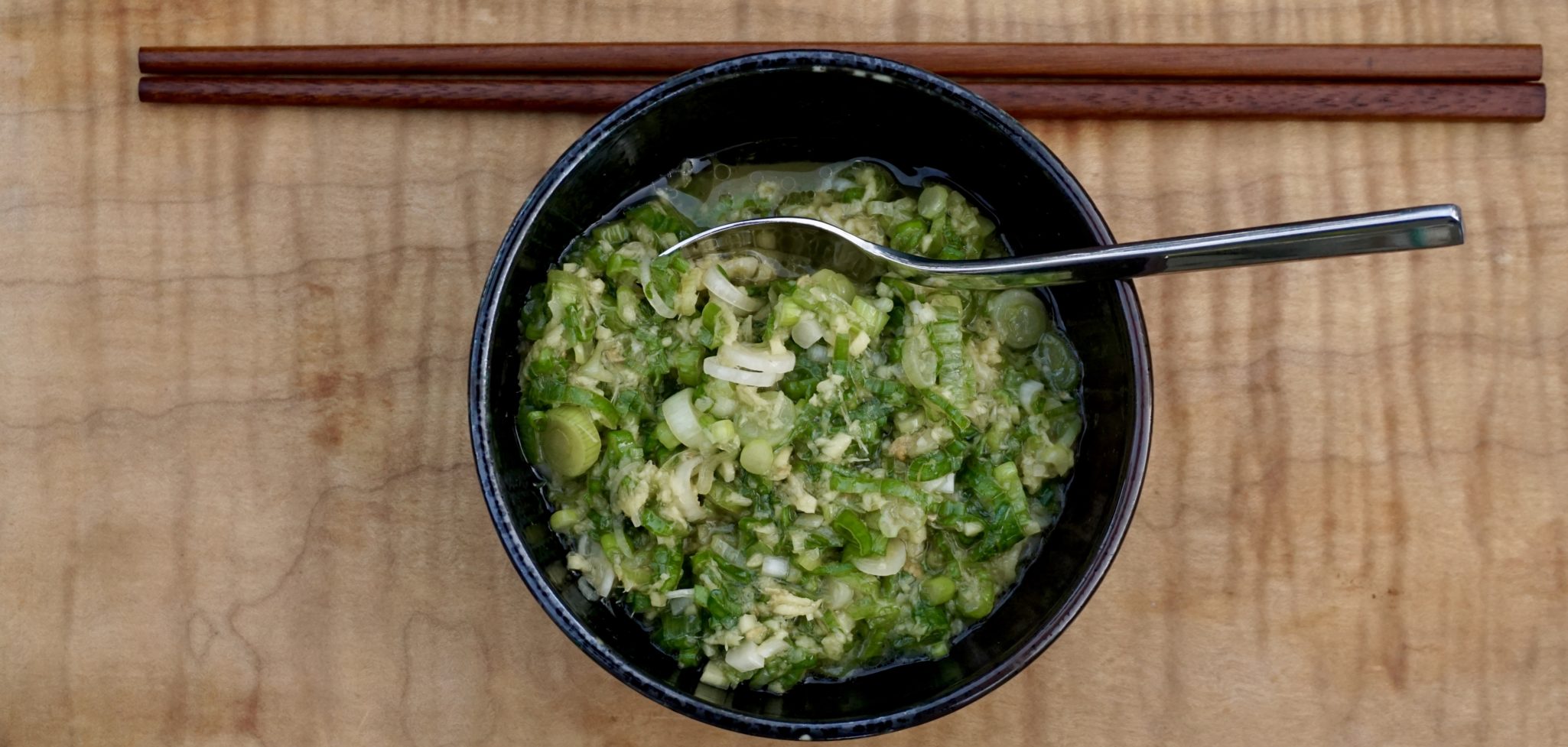
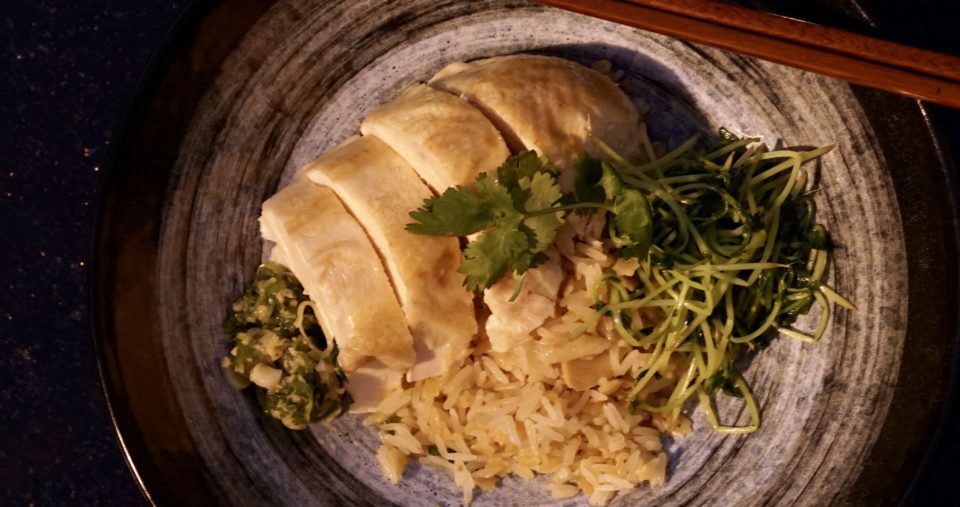
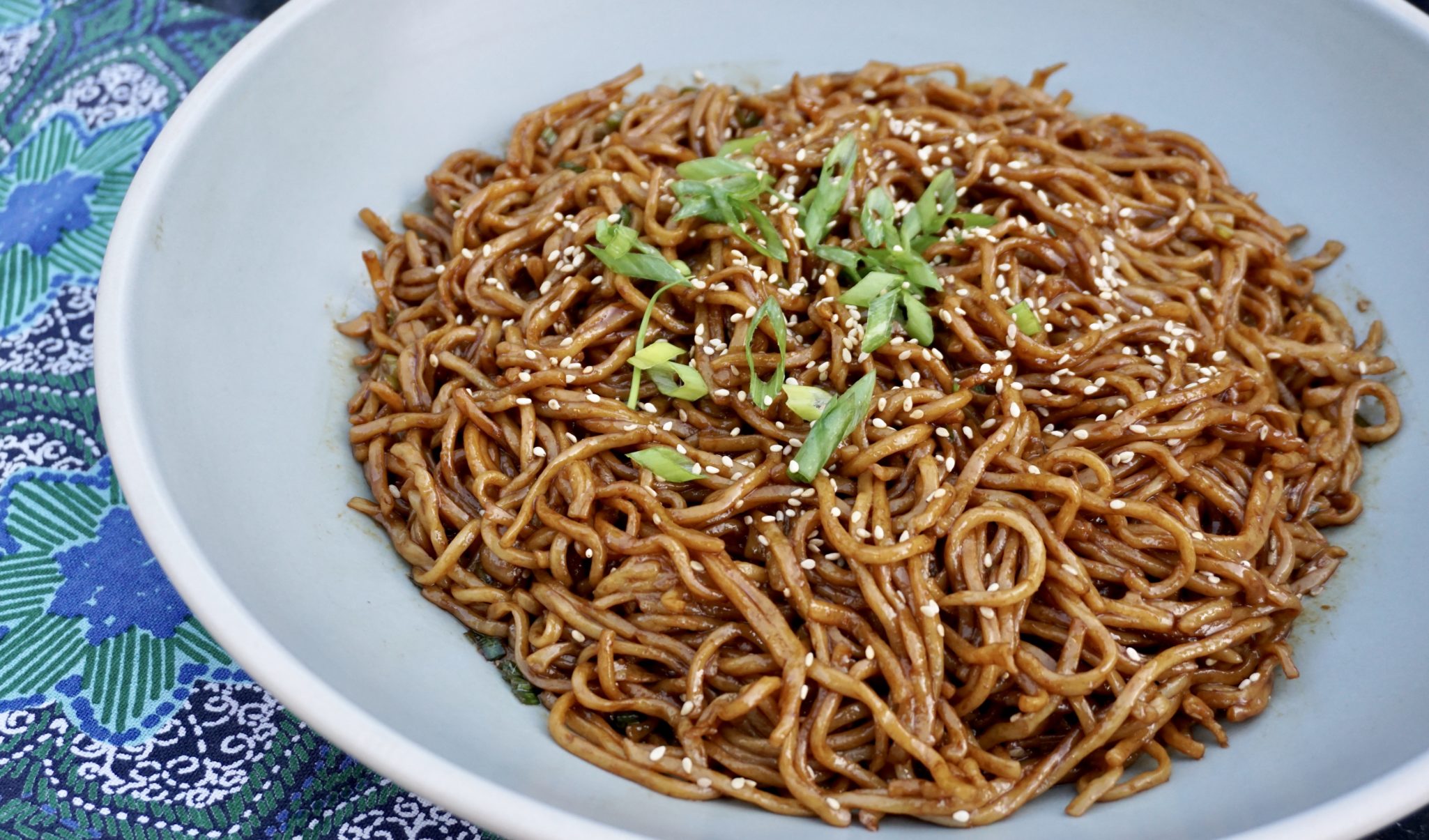
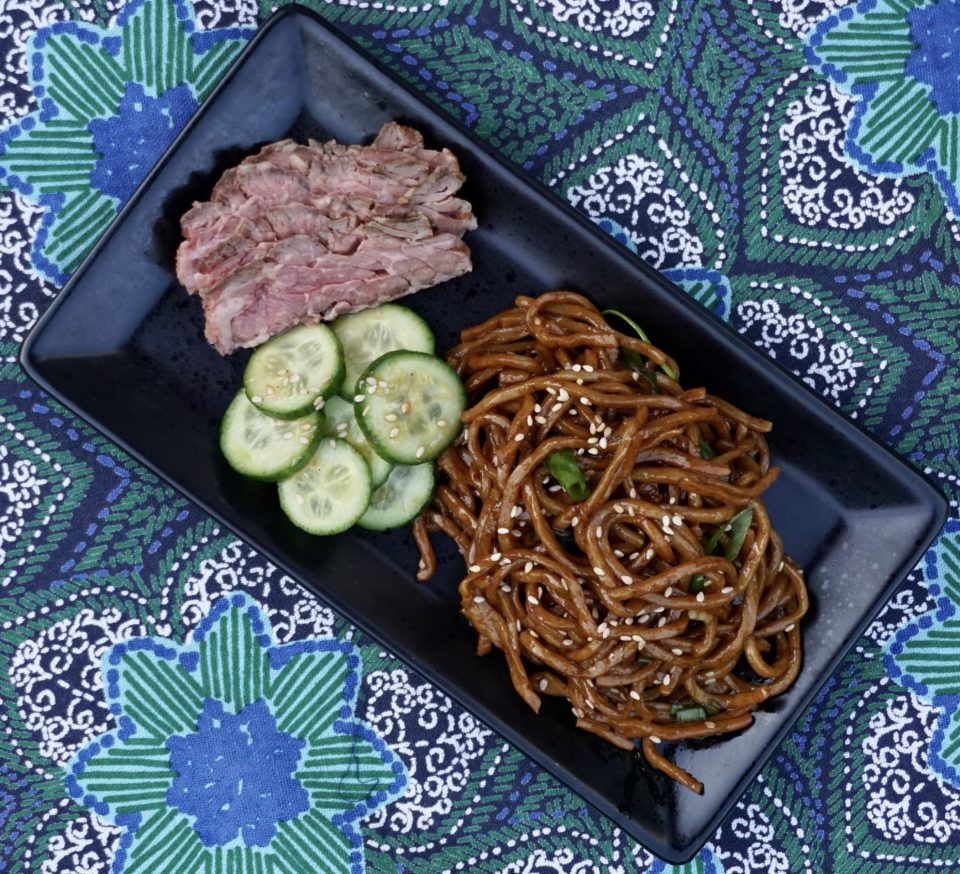
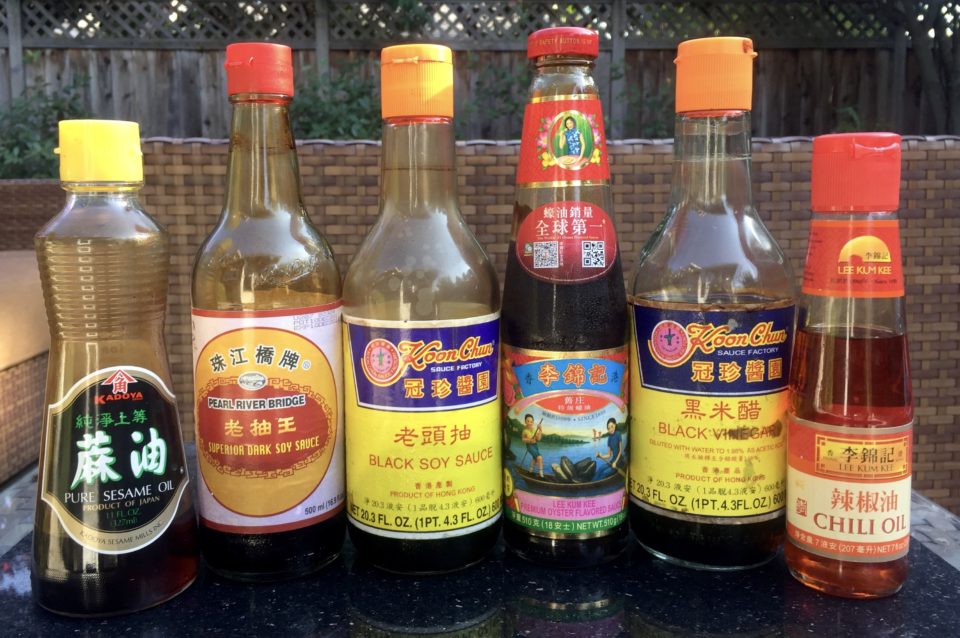
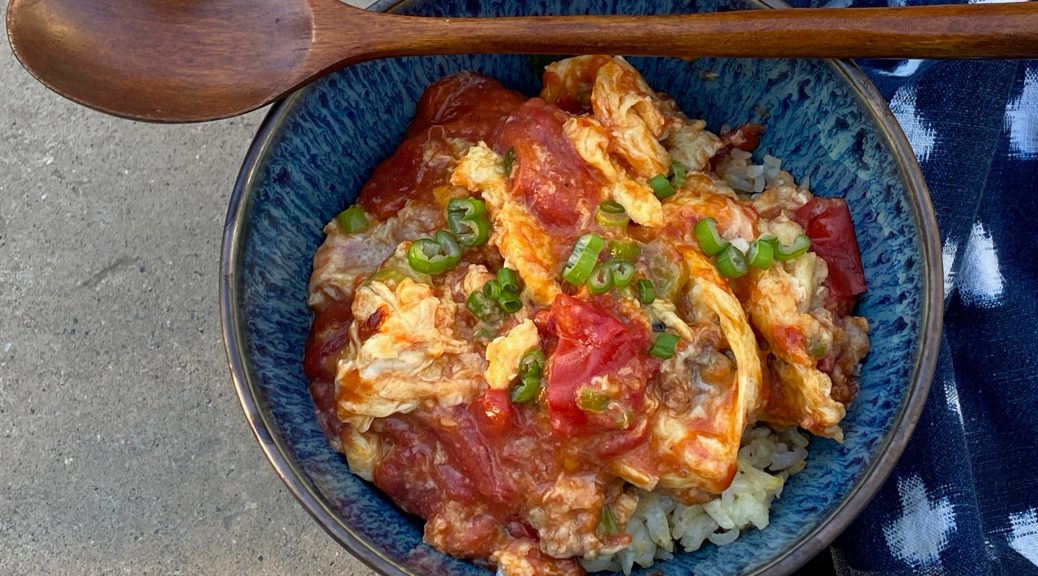
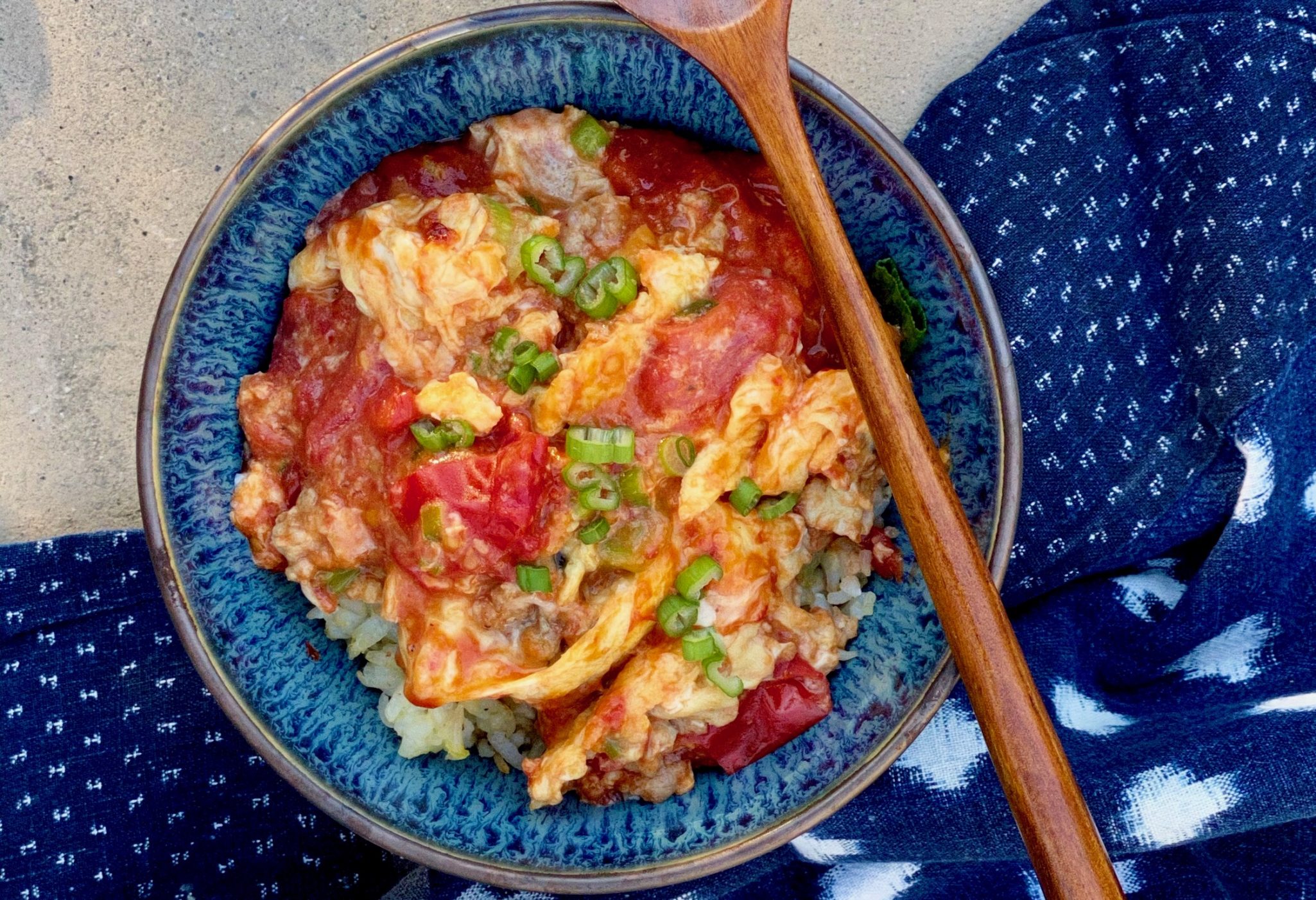
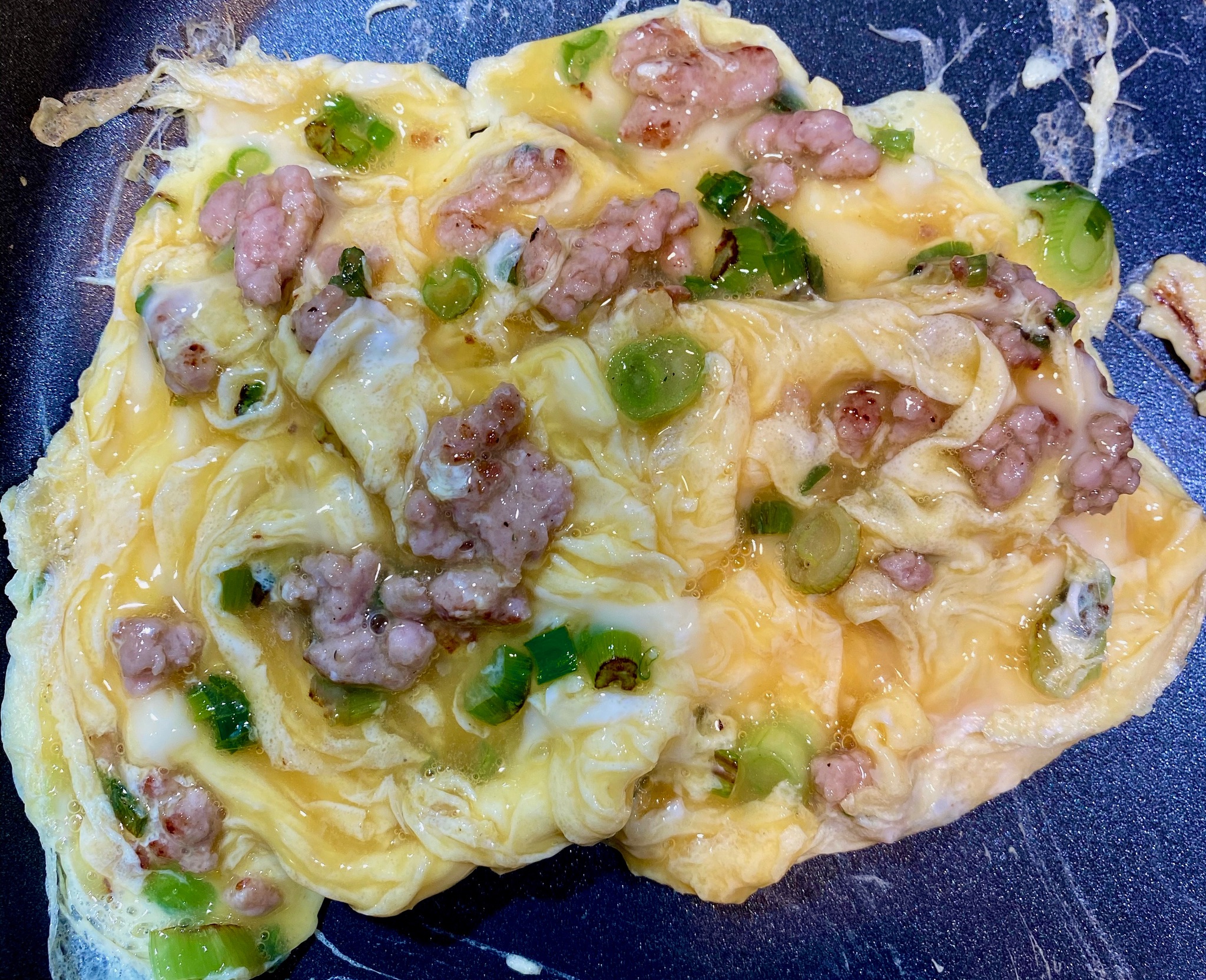

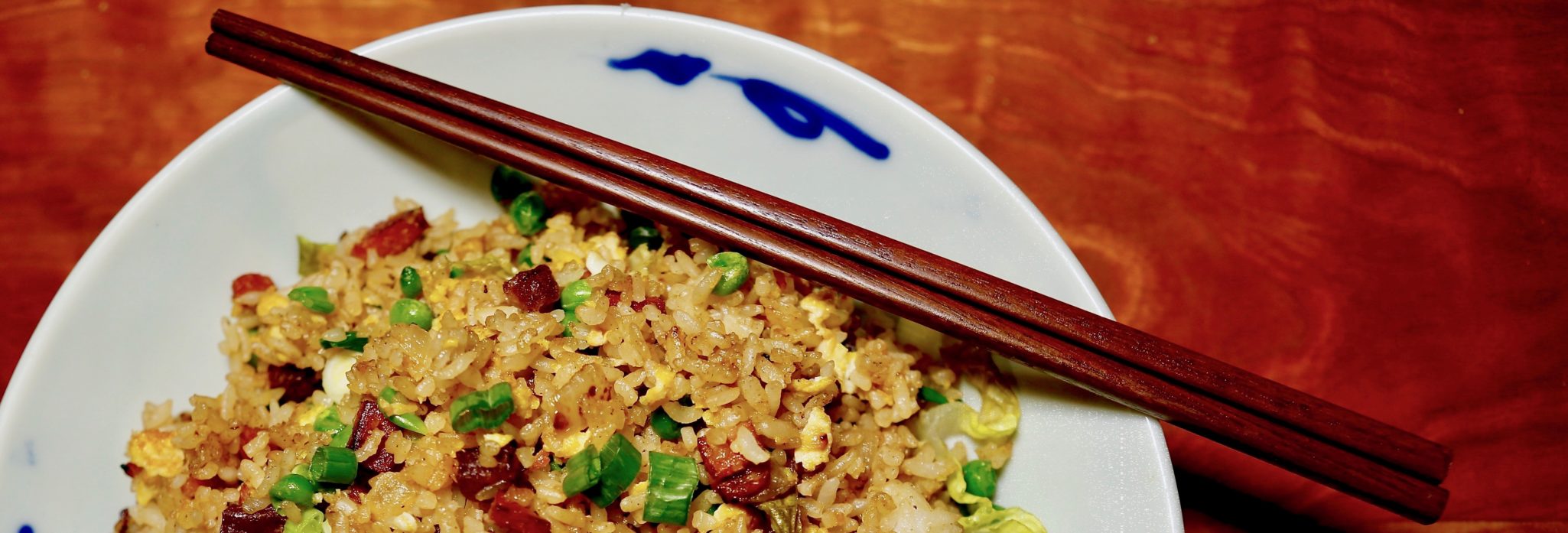
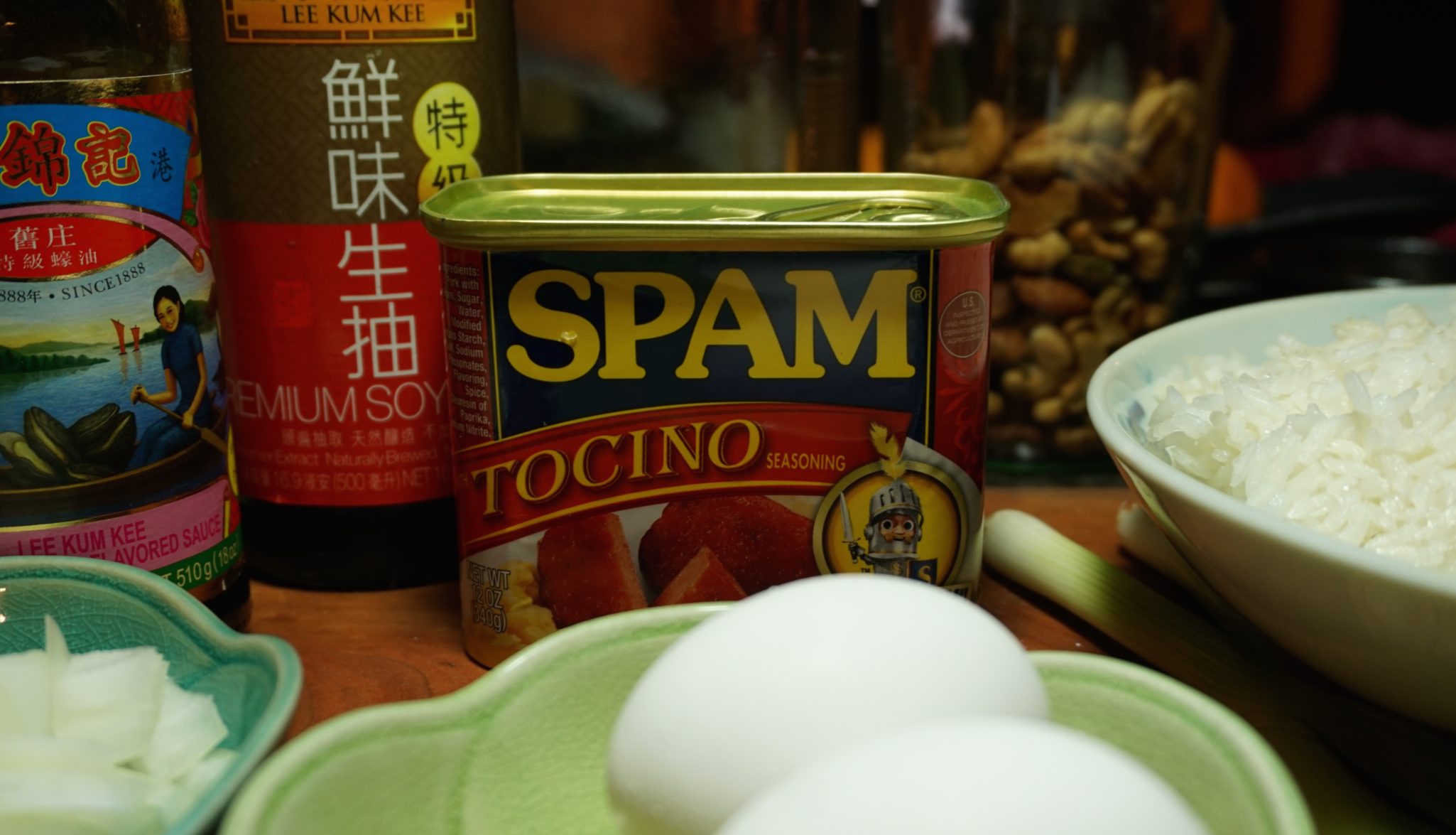
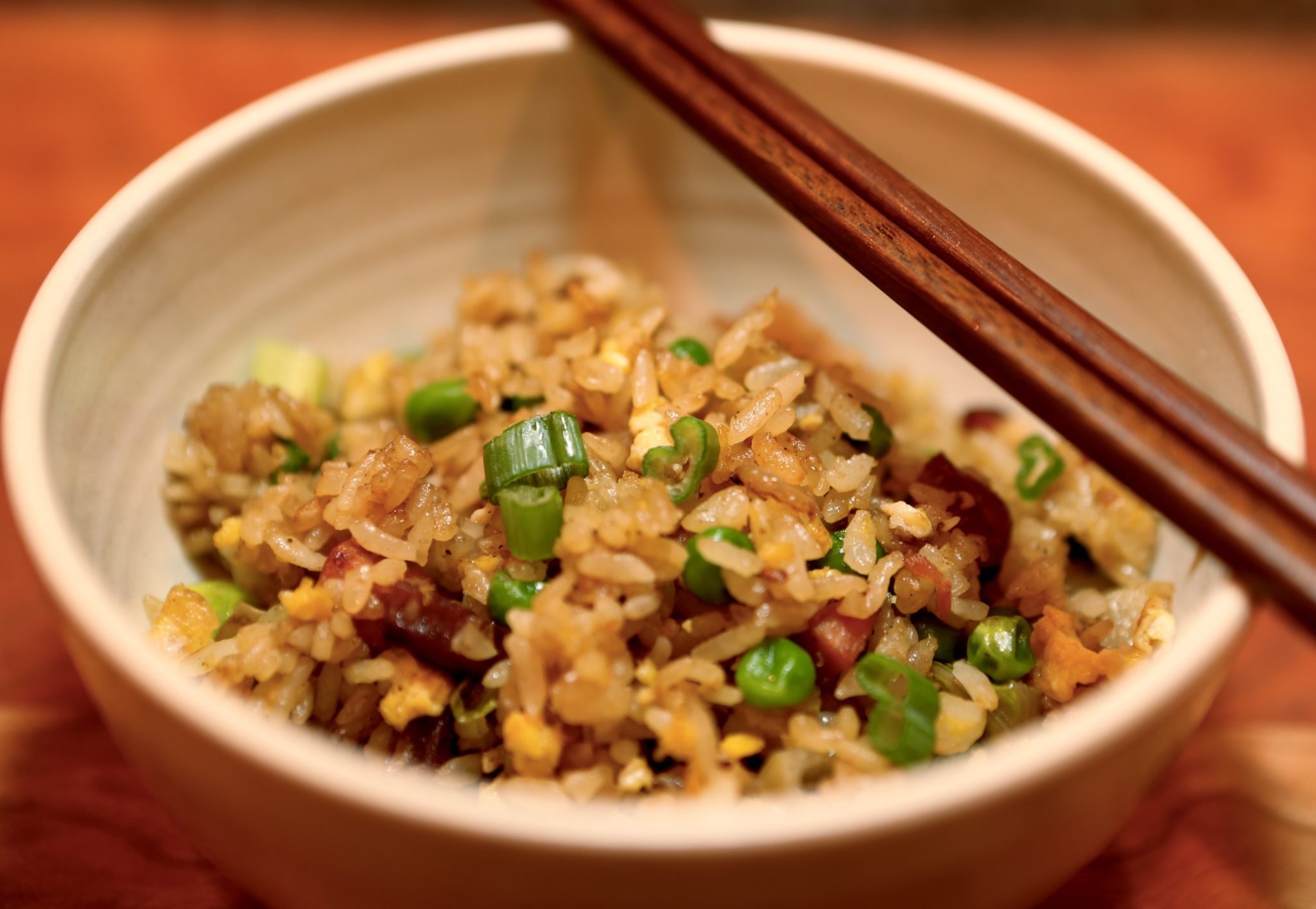
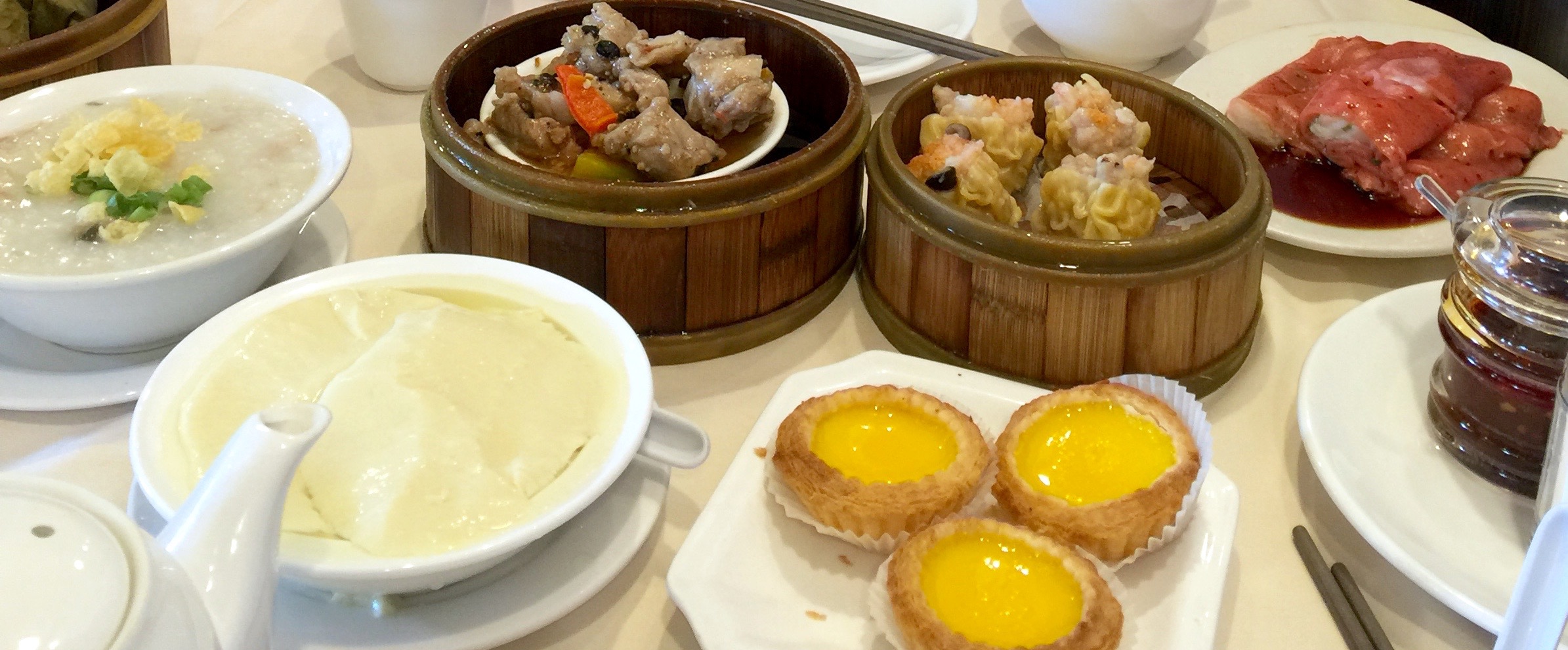
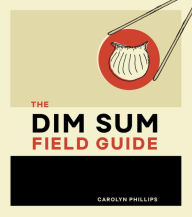

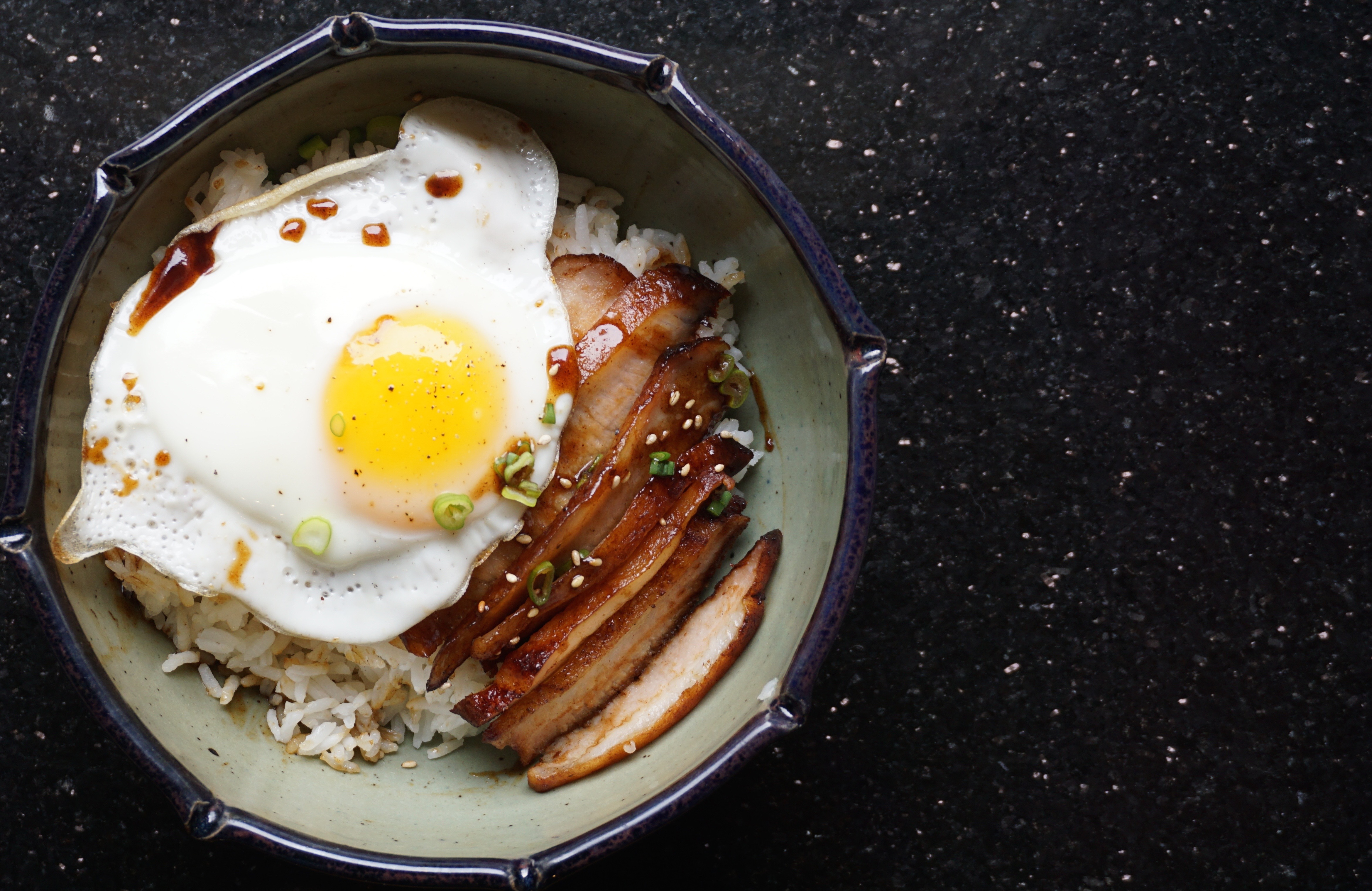
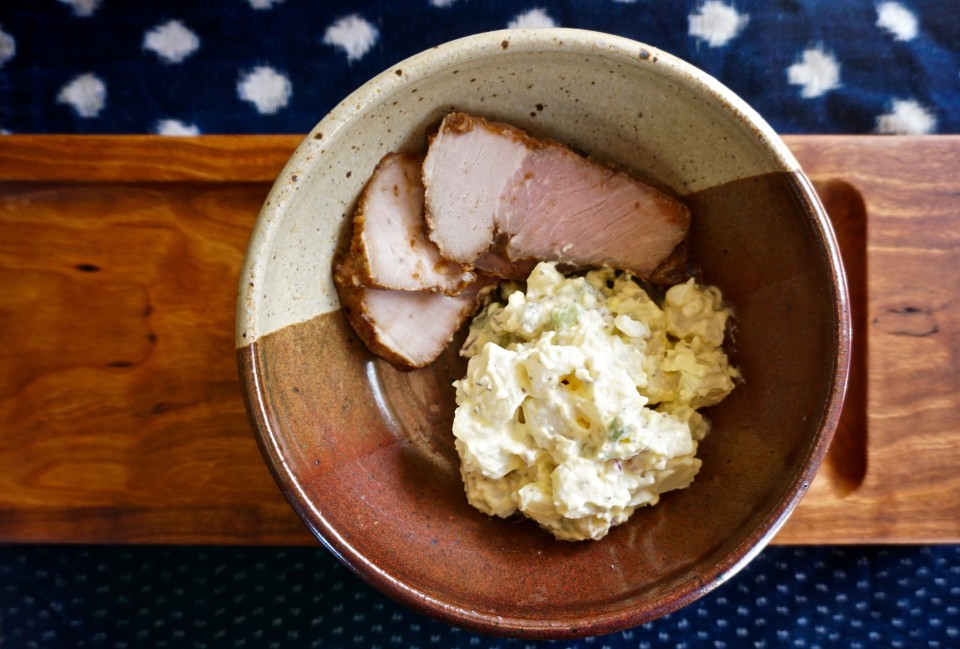
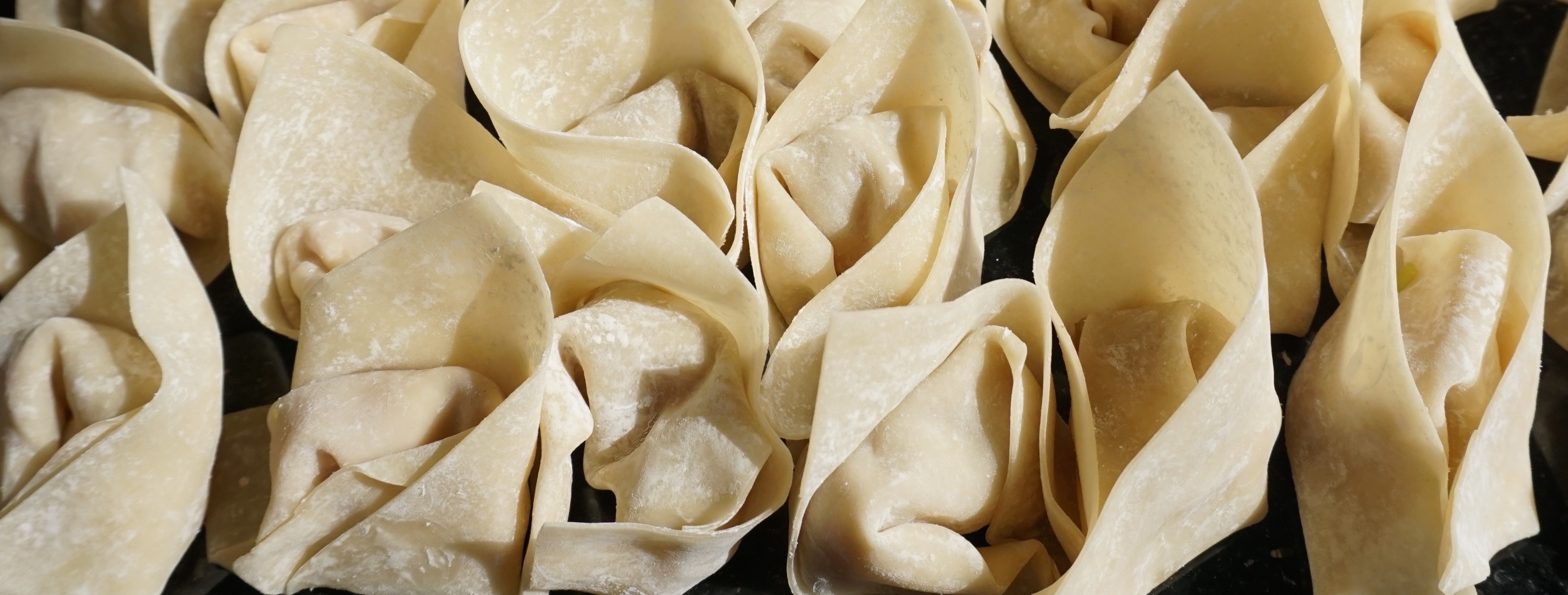
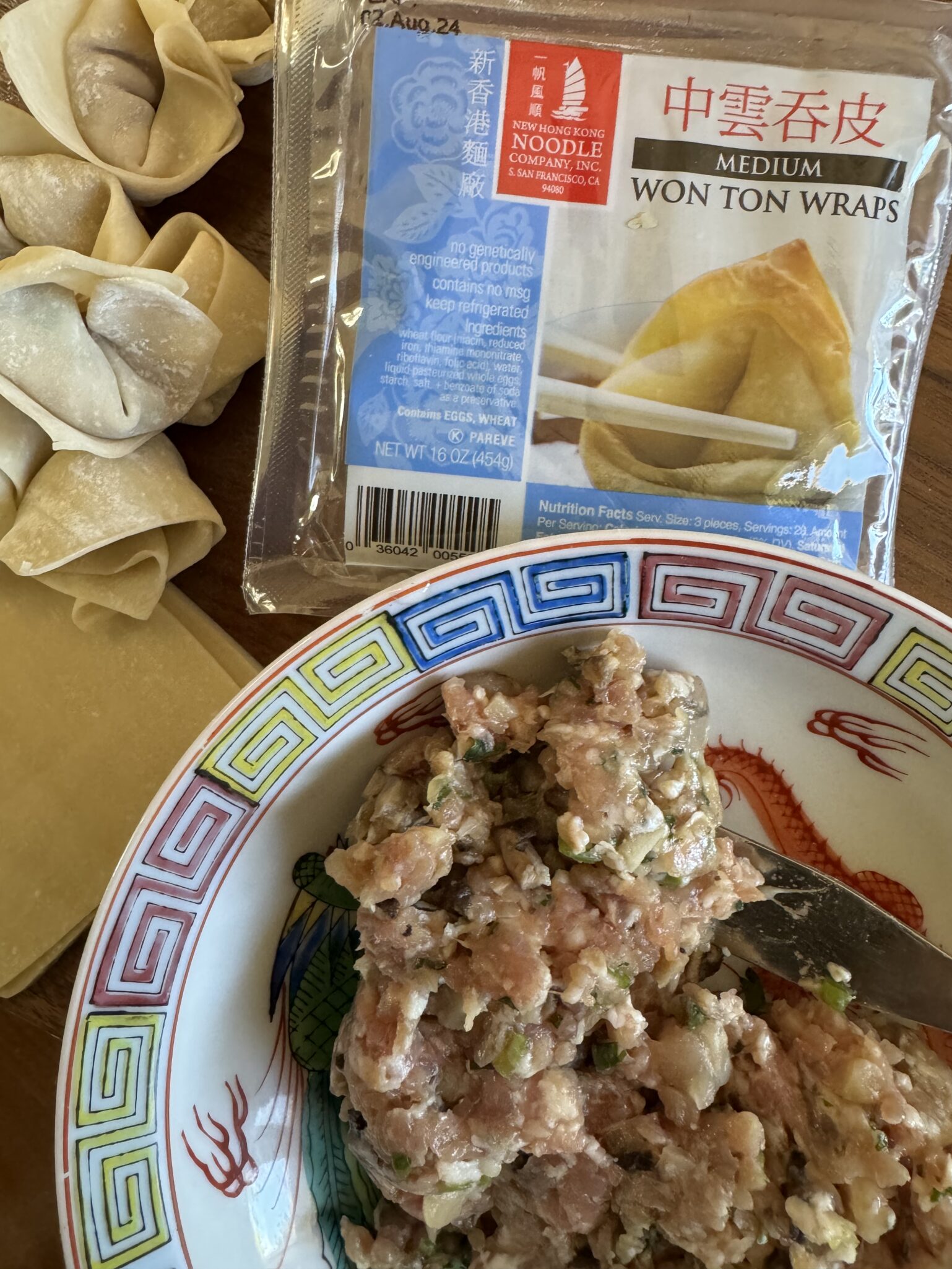


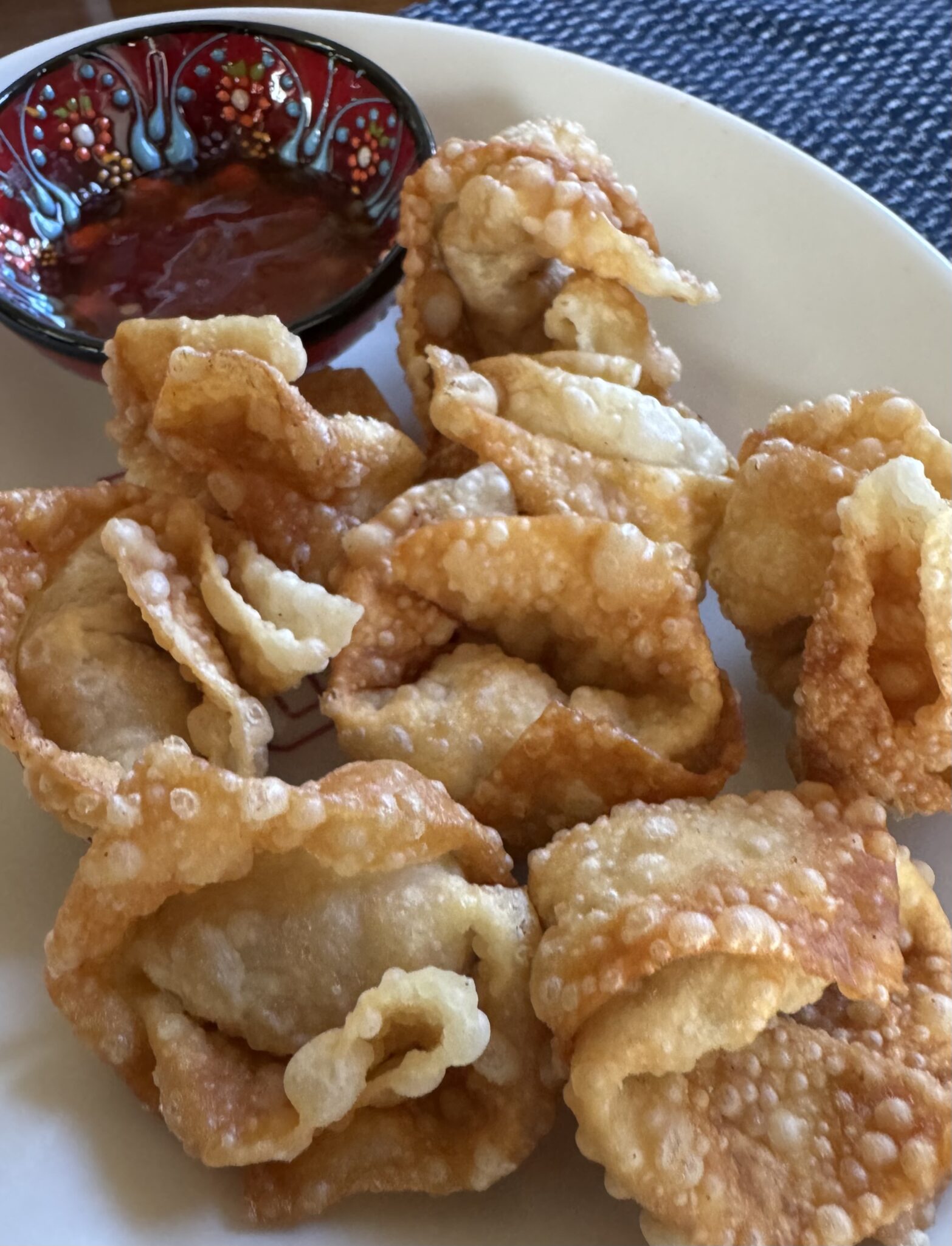


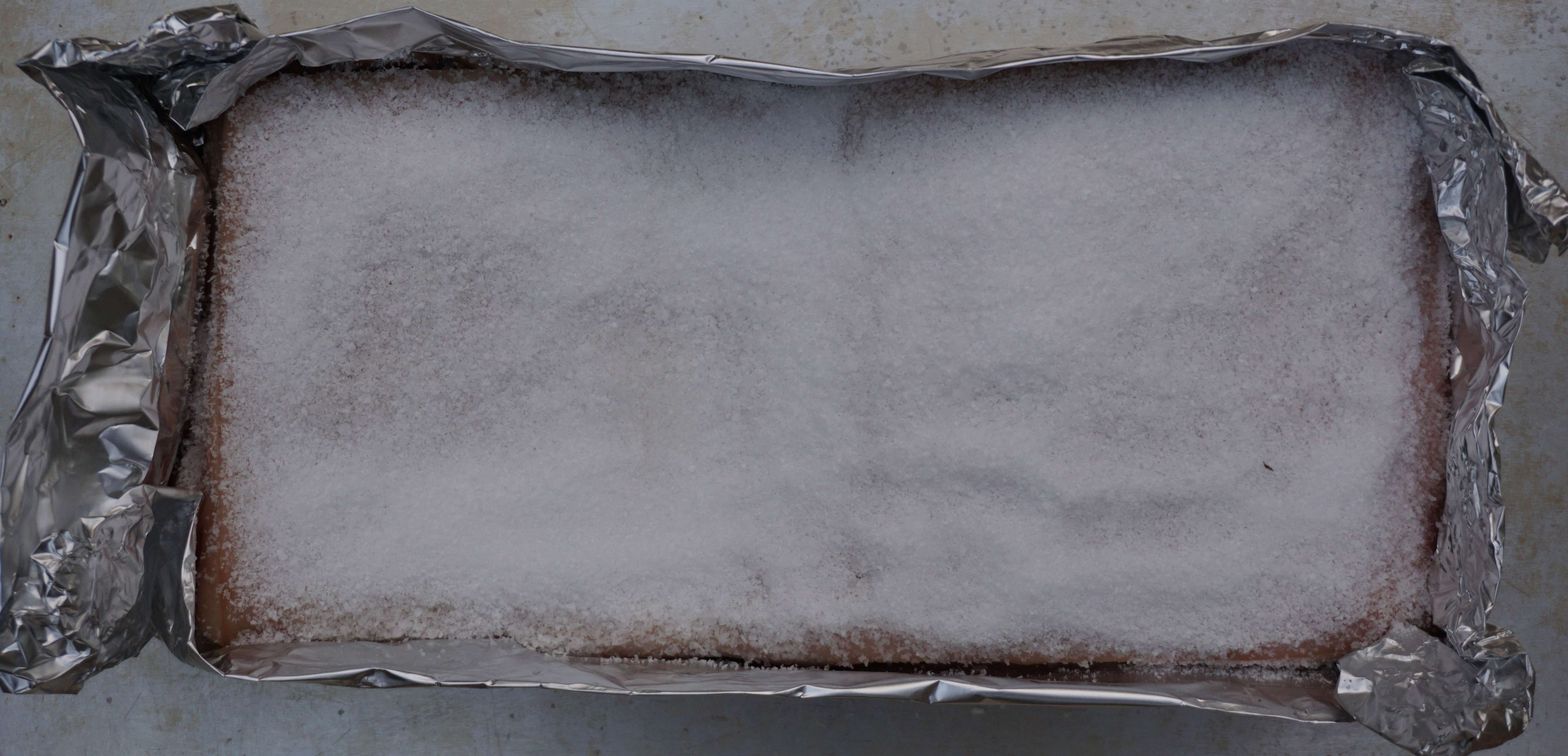 The first part of the recipe calls for seasoning the pork and letting it air dry to ensure a crispy skin. After drying, the skin is poked to help release the fat while it is roasting. The pork is wrapped in foil and covered with salt. I used coarse kosher salt. I was surprised at how simple it was to make.
The first part of the recipe calls for seasoning the pork and letting it air dry to ensure a crispy skin. After drying, the skin is poked to help release the fat while it is roasting. The pork is wrapped in foil and covered with salt. I used coarse kosher salt. I was surprised at how simple it was to make.